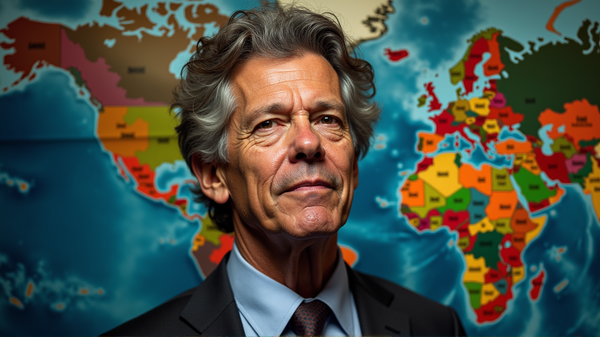Fed's Bold Move: Second Rate Cut in the Face of Economic Uncertainty
Central bank slashes rates again to 3.75%-4% amidst turbulent climate from US government shutdown and tariffs.

In a move that defies conventional wisdom, the US Federal Reserve has once more slashed interest rates, setting them between 3.75% and 4%. This decision is a part of the central bank’s ongoing efforts to navigate through the economic turbulence stemming from the US government shutdown and Trump’s controversial tariffs. According to The Guardian, the ongoing political pressure from President Trump added another layer of complexity to the central bank’s dilemma.
Pressures from the Political Arena
Under continuing scrutiny from both the public and government officials, the Federal Reserve finds itself amidst a political storm. Although the Fed’s chairman, Jerome Powell, acknowledges the potential risks involved, he stands firm on the central bank’s strategy. “There is no risk-free path,” Powell remarked, highlighting the balancing act between the cooling labor market and rising prices.
Divergent Views Within the Fed
Interestingly, the decision was met with resistance from within. Stephen Miran and Jeffrey Schmid voiced their disagreement, positing that a more aggressive cut, or even a status quo, was preferable to the box quarter-point reduction. This internal discord foreshadows significant debates ahead of the Fed’s next rendezvous in December.
The Shutdown’s Ripple Effect on Data
Compounding the Federal Reserve’s plight is the federal government shutdown. With the Bureau of Labor Statistics (BLS) staff furloughed, crucial economic updates remain suspended. “We are missing vital data points,” Powell admitted, underscoring the challenges ahead in the absence of regular BLS reports.
Labor and Inflation Dilemmas
The interplay between Trump’s migration policies and labor supply has further complicated the Fed’s decision-making process. Despite the demand for labor seeing a slight downturn, unemployment figures have painted a grim picture, creeping up to 4.3%, marking the highest rate since 2021. Importantly, inflation concerns persist, with prices climbing 3% over the last year—hinting at the murky waters the Fed navigates.
Looking Ahead: Uncertainty on the Horizon
As Powell looks toward the next meeting, he acknowledges the challenges without the typical data accumulation. However, he remains optimistic that alternate methods will provide necessary snapshots of the economic landscape. As the central bank aligns itself for the next steps, the path remains strewn with uncertainty, underscoring the gravity of each decision in these unpredictable times.





